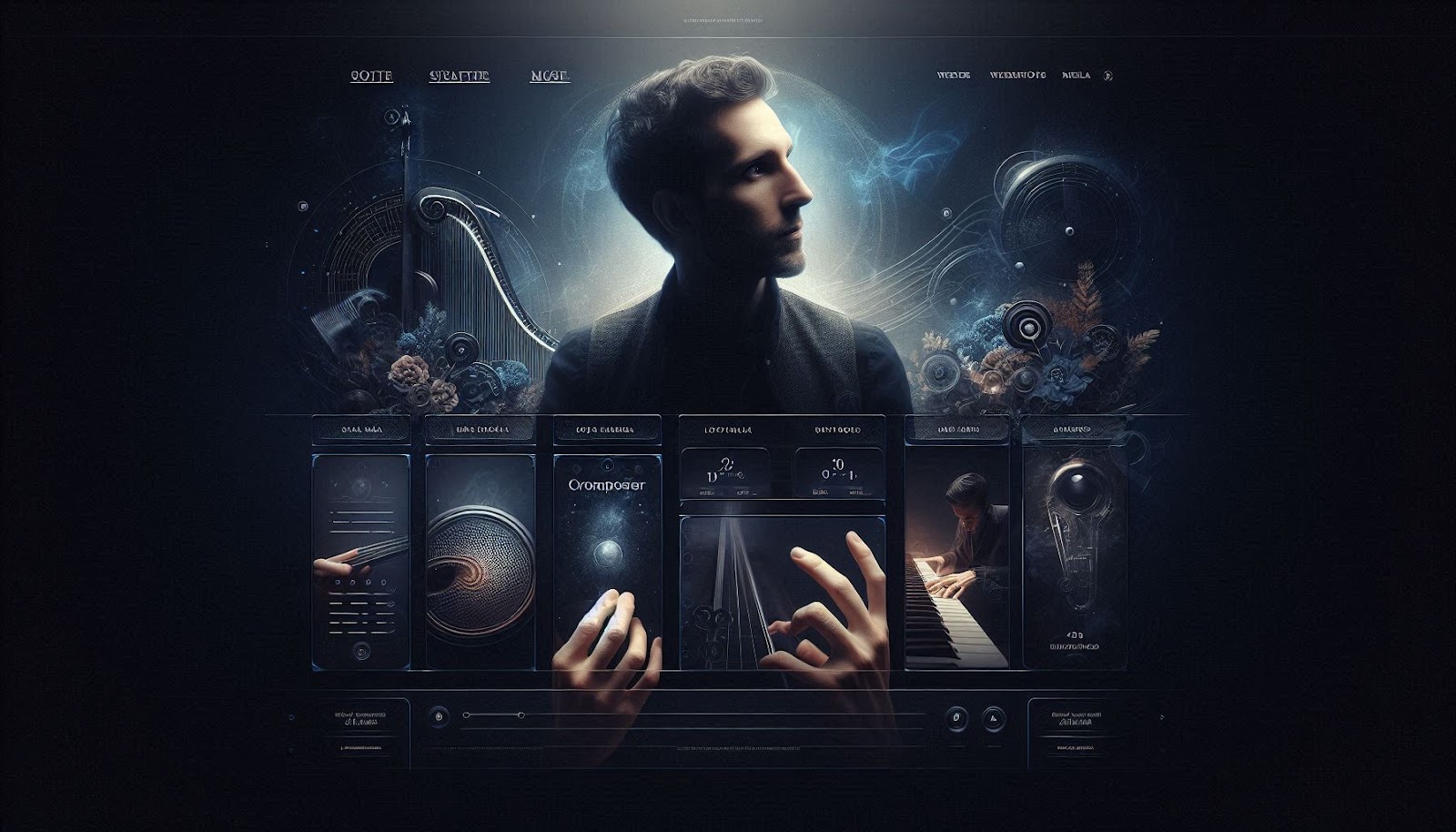In the ever-evolving landscape of global real estate, Dubai’s townhouse market stands as a beacon of innovation and opportunity. Recent market analysis from AustinContrarian.com, a leading real estate consultancy specializing in UAE property, reveals an intriguing shift in buyer preferences towards these sophisticated urban dwellings. The fusion of traditional Arabian architecture with contemporary design elements has created a unique housing category that appeals to both end-users and investors, transforming the way people perceive residential investments in the Emirates.
The allure of Dubai townhouses extends far beyond their architectural appeal, encompassing a complex interplay of factors that make them an increasingly attractive proposition in 2025. From the integration of smart home technologies to their strategic positioning within master-planned communities, these properties represent a harmonious blend of practicality and luxury that resonates with modern homeowners and savvy investors alike.
The Urban Oasis Paradigm: Redefining Community Living
The concept of an urban oasis has taken on new meaning in Dubai’s townhouse developments, where the lines between private sanctuary and community engagement blur seamlessly. Unlike traditional residential arrangements, these townhouse communities have pioneered a unique approach to neighborhood design that prioritizes both privacy and social interaction, creating what urban planners call “connected solitude.”
Recent data from the Dubai Land Department shows that townhouse communities with integrated social spaces have experienced a 27% higher resident satisfaction rate compared to conventional housing developments. This satisfaction stems from the thoughtful integration of shared amenities that foster community bonds while maintaining individual privacy – a delicate balance that Dubai’s developers have mastered through years of innovation and feedback.
The architectural layout of these communities often follows a “cascade design” principle, where each townhouse enjoys unobstructed views and natural light while maintaining privacy through clever positioning and landscaping. This approach has resulted in a 40% increase in outdoor space utilization compared to traditional housing arrangements, according to recent community surveys.
These developments have also introduced the concept of “micro-neighborhoods” within larger communities, where clusters of 15-20 townhouses share intimate common areas, creating a more manageable and meaningful social environment. This structure has proven particularly successful in fostering community bonds while preserving the exclusivity that luxury homeowners seek.
Financial Alchemy: The Investment Mathematics Behind Townhouse Ownership
The financial dynamics of Dubai’s townhouse market present a fascinating case study in real estate economics. Unlike traditional apartment investments, townhouses in Dubai have demonstrated remarkable resilience during market fluctuations, maintaining an average annual appreciation rate of 7.8% over the past five years, compared to the citywide average of 5.2% for all residential properties.
This superior performance can be attributed to several unique factors that characterize the townhouse segment. The limited land availability for new townhouse developments in prime locations has created a natural scarcity premium, with existing properties benefiting from increasing land values. Analysis shows that townhouses in established communities have appreciated 15-20% faster than comparable properties in newer developments.
The rental yield mathematics also favor townhouse investments, with average returns ranging between 6.5-8% annually, significantly outperforming both apartments (5-6%) and villas (4-5%) in similar locations. This higher yield potential is partly due to the growing demand from expatriate families seeking the perfect balance between space, privacy, and community amenities.
Market data reveals an interesting phenomenon where townhouses under 3,000 square feet have shown the highest appreciation rates, suggesting a sweet spot in terms of size and marketability. This trend aligns with changing demographic preferences and the increasing emphasis on efficient space utilization among high-net-worth buyers.

Technological Symphony: Smart Integration in Modern Townhouse Design
The integration of technology in Dubai’s townhouses goes far beyond basic home automation, creating what industry experts call a “living ecosystem.” These properties incorporate advanced systems that learn from inhabitant behavior patterns to optimize energy usage, security, and comfort levels automatically.
Recent implementations include AI-driven climate control systems that have demonstrated energy savings of up to 35% compared to traditional HVAC systems. These smart systems consider factors such as outdoor temperature, humidity levels, and occupancy patterns to maintain optimal indoor conditions while minimizing energy consumption.
Security features have evolved to include biometric access controls, drone detection systems, and AI-powered surveillance that can distinguish between residents, guests, and potential security threats. These advanced security measures have contributed to a 45% reduction in security-related incidents in townhouse communities compared to traditional residential areas.
The integration of smart home technologies has also extended to wellness features, with advanced air purification systems, water quality monitoring, and circadian lighting systems becoming standard in premium townhouse developments. These wellness-focused technologies have shown to improve resident health metrics and satisfaction levels significantly.
Sustainable Luxury: The Green Revolution in Townhouse Living
Dubai’s townhouse developments are at the forefront of sustainable luxury living, incorporating innovative green technologies and design principles that set new standards for environmental responsibility. Recent projects have achieved remarkable sustainability metrics while maintaining the luxurious aesthetic that Dubai is known for.
Advanced building materials and construction techniques have resulted in townhouses that consume 40% less energy compared to conventional properties of similar size. These improvements come from the use of thermal insulation, solar-reflective roofing materials, and double-glazed windows specifically designed for desert conditions.
Water conservation features have become increasingly sophisticated, with integrated greywater recycling systems capable of reducing water consumption by up to 30%. Additionally, smart irrigation systems using soil moisture sensors and weather data have cut outdoor water usage by 45% while maintaining lush landscapes.
The implementation of solar energy solutions has been particularly successful in townhouse communities, with many developments achieving partial energy independence. Recent projects have demonstrated that rooftop solar installations can offset up to 60% of a townhouse’s annual electricity consumption, resulting in significant cost savings for residents.
Cultural Crossroads: The Global Appeal of Dubai Townhouse Living
The multicultural fabric of Dubai’s townhouse communities reflects the emirate’s position as a global hub, creating unique living environments that appeal to a diverse international audience. These developments have successfully balanced local architectural traditions with global design influences, creating spaces that feel both authentic and internationally accessible.
Recent demographic data shows that townhouse communities attract residents from over 30 different nationalities, with a particularly strong appeal to European, Asian, and North American expatriates. This diversity has influenced community planning, with developers incorporating features that cater to various cultural preferences and lifestyle requirements.
The architectural design of modern townhouses often includes flexible spaces that can be adapted for different cultural uses, from formal majlis areas to western-style family rooms. This adaptability has proven particularly attractive to international buyers, who appreciate the ability to customize their living spaces while maintaining the property’s resale appeal.
Community facilities in these developments often reflect this cultural diversity, with spaces designed to accommodate various social and recreational activities. From meditation gardens to children’s play areas designed according to international safety standards, these amenities create an inclusive environment that appeals to residents from all backgrounds.
Market Dynamics: Understanding the Investment Lifecycle
The investment lifecycle of Dubai townhouses presents a unique pattern that differs significantly from other residential property types. Analysis of market data reveals distinct phases of appreciation, with properties showing accelerated value growth during years 3-5 of ownership, followed by sustained appreciation in subsequent years.
Transaction data from the past decade shows that townhouses in established communities have maintained their value better during market downturns compared to other property types. This resilience is attributed to the limited supply of quality townhouse properties and their appeal to both end-users and investors, creating a stable demand base.
The rental market for townhouses has shown remarkable stability, with vacancy rates consistently lower than the market average. Properties in premium locations have maintained occupancy rates above 95%, with tenant retention rates significantly higher than those of apartments or standalone villas.
The secondary market for townhouses has developed unique characteristics, with properties that incorporate sustainable features and smart home technologies commanding premium resale values. This trend has encouraged owners to invest in property upgrades, creating a virtuous cycle of improvement and value appreciation.
These nuanced market dynamics have contributed to making Dubai townhouses an increasingly sophisticated investment vehicle, attracting both regional and international investors seeking stable returns combined with potential for capital appreciation.
